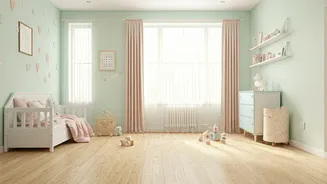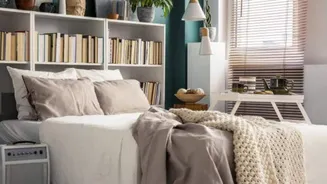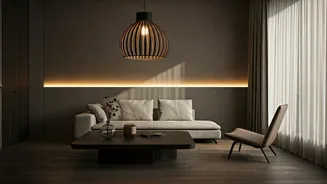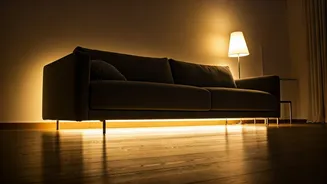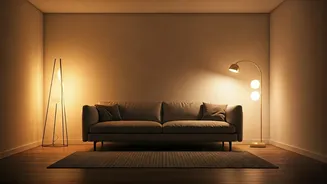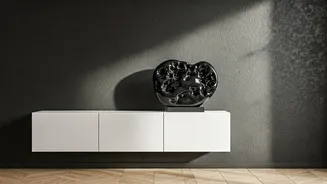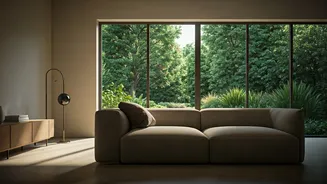Soothing Wall Colors
Begin with the foundation: the walls. Embrace the calming essence of pastel shades like pale blues, soft pinks, gentle greens, and creamy yellows. These
colors contribute to a serene atmosphere, making the room feel open and airy. Consider painting all walls in a single pastel tone or creating an accent wall. The choice of wall color significantly impacts the room's mood. Choose shades that reflect your child's personality and preferences, allowing the space to feel personalized and inviting. Experiment with different pastel combinations, but ensure the overall effect is one of calmness. Remember to sample colors on the walls before committing, seeing how they look in the natural and artificial light of the room. This helps ensure the chosen shades create the desired tranquil environment.
Playful Organization Ideas
Implement fun and practical organizational solutions. Incorporate storage units, shelving, and creative containers in pastel colors. Think about using pastel-colored bins, boxes, and drawers to store toys, books, and art supplies. Encourage your child to participate in the organization process, making it a playful activity. Consider labeling storage units with colorful labels or pictures to make it easier for your child to identify and put away their belongings. Utilizing vertical space with shelves is a smart move, maximizing storage without crowding the floor space. Introduce a rotating system for toys, keeping a selection accessible while storing the rest. This can help prevent clutter and keep your child engaged with their playthings, as they rediscover them periodically.
Nature's Touch of Greenery
Incorporate elements of nature to enhance the room's soothing ambiance. Add plants, which can improve air quality and provide visual interest. Consider incorporating potted plants, hanging plants, or even a small indoor herb garden. Choose plants that are safe for children and easy to care for. If real plants are not an option, you can use high-quality artificial plants. Add natural wood elements through furniture or decorative accessories to provide warmth and texture. These elements can include wooden bookshelves, a wooden toy box, or decorative wooden accents. Introduce natural textures such as woven baskets, cotton rugs, and linen curtains. These elements add depth and visual appeal, grounding the space in a natural aesthetic that complements the pastel colors.
Thoughtful Lighting Design
Lighting can greatly impact the room's atmosphere. Use a combination of natural and artificial lighting to create a comfortable and inviting space. Maximize natural light by using sheer pastel-colored curtains or blinds. These allow sunlight to filter through gently while maintaining privacy. Choose light fixtures that provide both ambient and task lighting. A dimmer switch is essential for allowing the light level to be customized, creating different moods at various times. Consider soft, pastel-colored lampshades or decorative string lights to add a warm and playful glow. Incorporate a nightlight to provide comfort and security at bedtime. Proper lighting makes the room brighter, but does not overwhelm the soft shades.
Personalised Corners
Create personalized spaces that reflect your child's interests and personality. Design a cozy reading nook with comfortable seating, a soft rug, and a bookshelf. This space can become a haven for quiet reading and relaxation. Dedicate an area for creative activities with a desk or art table. Provide art supplies, such as crayons, paints, and paper, to inspire creativity. Display your child's artwork to create a sense of ownership and pride. Consider a themed area related to your child's favorite hobby or interest, whether it is cars, animals, or a love of outer space. Include personalized elements such as name signs, photo collages, or handmade decorations to give the room an exclusive feel. These personal touches enhance the feeling of belonging and make the space more inviting.
A Balanced Aesthetic
Ensure a well-balanced room aesthetic by carefully choosing colors, textures, and patterns. Aim for a cohesive look by using a few key pastel colors and repeating them throughout the room. Use complementary colors, textures, and patterns to add visual interest. Consider using a patterned rug or curtains to add some visual flair while keeping the wall colors neutral. Avoid overwhelming the space with too many patterns or bright colors. When selecting furniture and accessories, opt for items that complement the overall pastel theme. Pay close attention to how the space feels to ensure it is both functional and inviting. A balanced and well-designed room will give your child a serene and stimulating environment.
